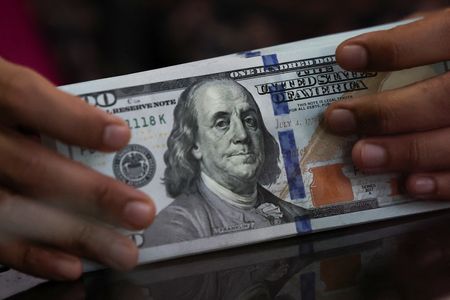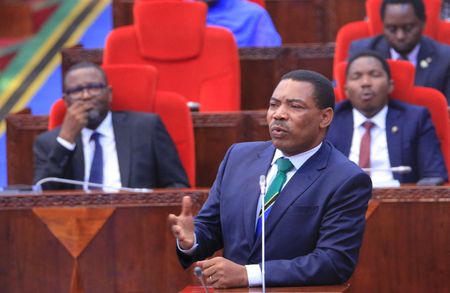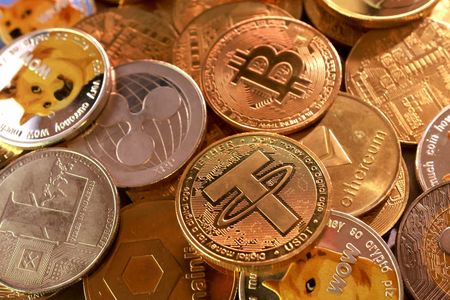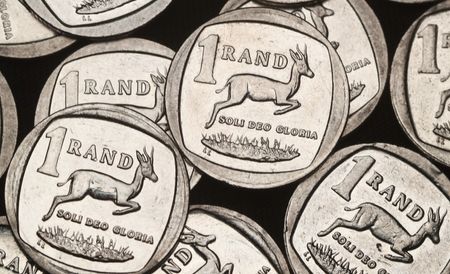By Karen Brettell
NEW YORK (Reuters) -The U.S. dollar dipped on Thursday on improving risk appetite after the U.S. federal government reopened from a 43-day shutdown, while a recent bounce caused by falling expectations of interest rate cuts continued to fade.
The U.S. government is due to lumber back to life on Thursday after its longest-ever shutdown snarled air traffic, cut food assistance to low-income Americans and forced more than 1 million workers to go unpaid for more than a month.
“Risk has responded positively to the shutdown news, and dollars have been slightly offered,” said Sarah Ying, head of FX strategy at CIBC Capital Markets in Toronto.
The U.S. currency was also boosted after Federal Reserve Chair Jerome Powell said last month that an interest rate cut at the U.S. central bank’s December meeting is not certain, but momentum behind that trade has faded, said Ying.
“There is a little bit of mean reversion from the Fed momentum disappearing,” she said.
Traders are now waiting on an avalanche of data that was delayed from the government shutdown to offer new clues on the health of the economy and Fed interest rate policy.
Fed policymakers are divided on whether to continue cutting rates as inflation remains relatively high.
San Francisco Fed President Mary Daly on Thursday said the risks to the Fed’s two goals are balanced now that the Fed has cut interest rates twice this year, though if anything is slightly tilted to labor-market risks.
Fed funds futures traders are pricing in 52% odds of a December rate cut.
DOLLAR INDEX FALLS TO 99.22
The dollar index, which measures the greenback against a basket of currencies including the yen and the euro, fell 0.26% to 99.22, with the euro up 0.28% at $1.1624, the highest since October 30.
Against the Japanese yen, the dollar weakened 0.23% to 154.43.
The greenback reached a nine-month high against the Japanese currency on Wednesday after Japanese Prime Minister Sanae Takaichi expressed her administration’s preference for interest rates to stay low and asked for close coordination with the Bank of Japan.
Japanese Finance Minister Satsuki Katayama also gave a new verbal warning on yen weakness as it approached 155 per dollar, noting “one-sided and rapid movements in the foreign exchange market”.
The yen on Thursday reached its lowest against the euro since 1999, when the single currency was introduced.
A weak yen could force the BOJ’s hand, leading to a rate hike next month, though traders only see a 22% chance of a quarter-point increase to the key rate in December.
In Europe, the pound gained despite data showing Britain’s economy barely grew in the third quarter of the year, in part due to the drag from a cyberattack in September. Sterling was last up 0.32% at $1.3172.
The Australian dollar, meanwhile, hit a two-week high thanks to official data that showed a steeper drop in the unemployment rate from a recent four-year high, reducing the possibility of further rate cuts.
In cryptocurrencies, bitcoin gained 0.67% to $102,557.
(Reporting by Karen Brettell; Additional reporting by Amanda Cooper and Kevin Buckland; Editing by Sam Holmes, Jamie Freed, Conor Humphries and Ed Osmond)










